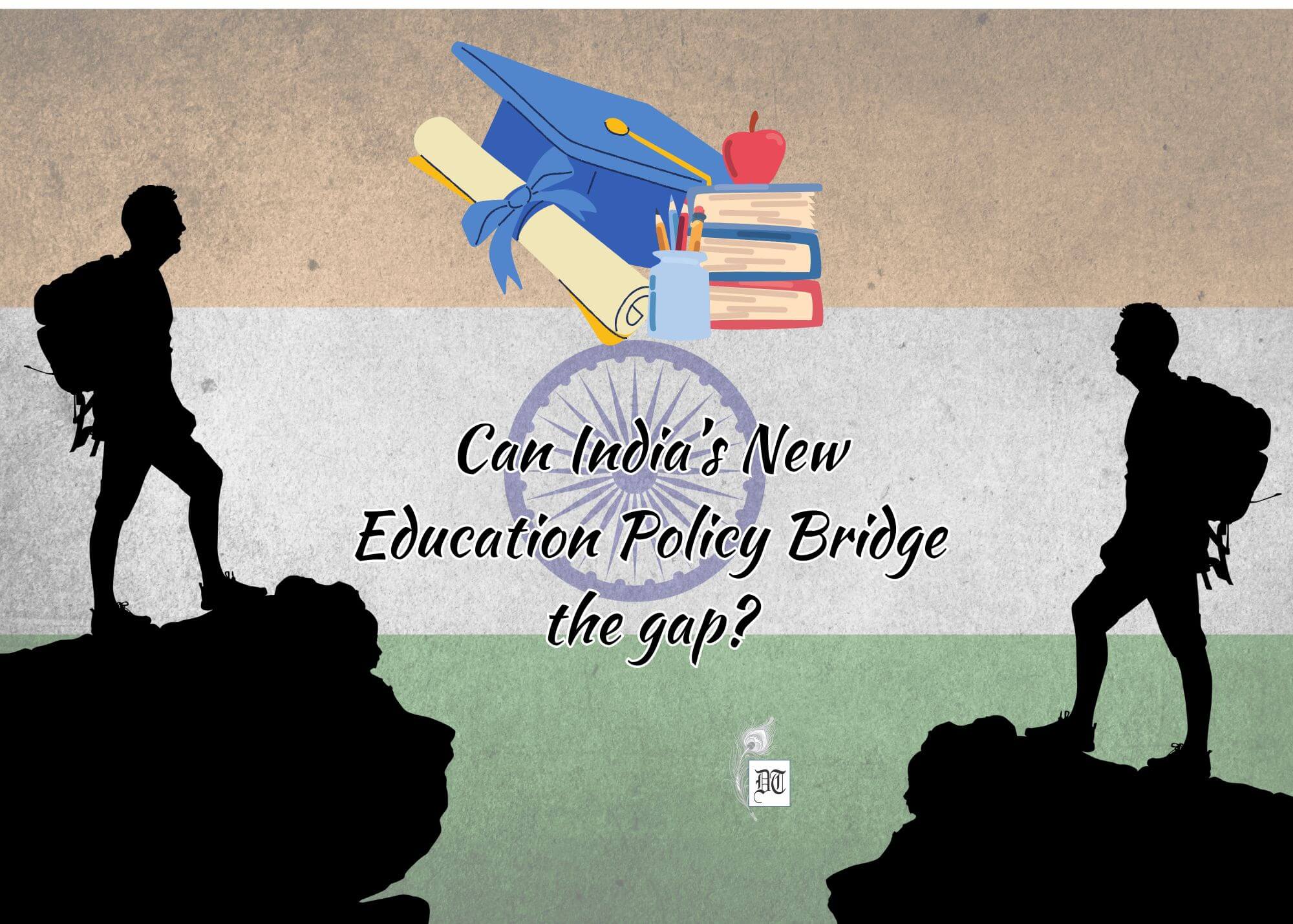The aviation industry is currently without a mission and more make-believe. In the absence of an overarching subordinate goal that is widely shared, the concerted and sustained efforts of the assorted players involved in this complex, time, space and capital-intensive sector may not be forthcoming and actions on the ground and over time may be at cross purposes, opines Navodita, our Associate Editor, in the weekly column, exclusively for Different Truths.
Indian airlines Jet Airways, Spice Jet Ltd. and Air Asia India are planning to add new jets to their fleets as they look to expand in the world’s fastest-growing aviation market in the world. Indian airlines are scrambling to add more jets to meet the demand for more domestic and international flights, making it one of the most targeted sales markets for jet manufacturers Airbus SE and Boeing Co.
Low cost or high-cost aviation industry needs a makeover. The civil aviation sector in the country has witnessed a boost as domestic passenger carriage, cargo movement and international air traffic have registered exponential growth in recent years. This change has been likely due to open sky policy of the government in the domestic and international sectors. The year 2007 especially saw an upsurge in air passenger traffic. This is a positive sign as the growth in the domestic aviation sector has necessitated the  upgradation of infrastructure.
upgradation of infrastructure.
While development of airport infrastructure is being undertaken through public-private-partnership route in major metro cities like Delhi, Mumbai, Bangalore, and Hyderabad, the modernisation of Kolkata and Chennai airports were taken up by Airports Authority of India (AAI). The aim of the government is to transform these airports into world-class facilities without any delay through this hybrid mechanism. AAI also undertook ambitious projects to modernize 35 non-metro airports. The government is upgrading the civil navigation system (CNS) and air traffic management (ATM) infrastructure to ease congestion at the existing airports.
The aim is to improve management, of the sky and reduce flying time, allowing more flights to take off and land at the airports for maintenance, repair, and overhaul (MRO). At present, there is no major MRO centre in India. Even within a five-hour fly-zone from India, this facility does not exist. There is a growing demand for airframe, engine and component overhaul facilities. Thus there exists an opportunity for entrepreneurs to tap the MRO business. India offers substantially lower labour cost – 60 percent lower than Western Europe and the US. The MRO facilities, once established in India, can tap the international market as well due to competitive rates for labour and other facilities. The government too has recognized and allowed 49 percent FDI in the MRO business.
Similarly, ground handling and such work are expected to grow. Air India and Singapore Airport Terminal Services (SATS) have formed a joint venture AISATS to provide ground handling services to domestic and international carriers at Bangalore and Hyderabad International Airports. There has been work done in this direction. There are 39 flying schools in India, which are authorised to impart training for various licenses such as the private pilot license and commercial pilot licence. State governments control 28 of these institutions. The remaining schools are operated by private entrepreneurs. These schools produce about 150 commercial pilots each year. The existing civil aviation policy allows overseas flights only to those Indian airlines that have at least five years’ experience in the domestic market. It is also necessary to have a minimum fleet of 20 aircraft to be eligible to fly overseas. Consequently at present, Jet and Jet Lite have the permission to fly abroad.
It has been observed by some that the aviation industry is currently without a mission and more make-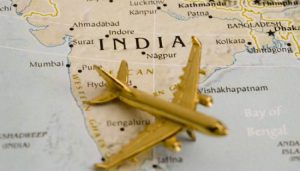 believe. In the absence of an overarching subordinate goal that is widely shared, the concerted and sustained efforts of the assorted players involved in this complex, time, space and capital-intensive sector may not be forthcoming and actions on the ground and over time may be at cross purposes. Instead of effecting the desired paradigm shift in civil aviation, we would end up with a dubious non-strategic drift. The element of public accountability vis-à-vis future direction of the sector would be smothered by ambiguous hype. There is an urgent need of a widely recognised touchstone against, which the emerging array of individual ideas/decisions can be reasonably assessed.
believe. In the absence of an overarching subordinate goal that is widely shared, the concerted and sustained efforts of the assorted players involved in this complex, time, space and capital-intensive sector may not be forthcoming and actions on the ground and over time may be at cross purposes. Instead of effecting the desired paradigm shift in civil aviation, we would end up with a dubious non-strategic drift. The element of public accountability vis-à-vis future direction of the sector would be smothered by ambiguous hype. There is an urgent need of a widely recognised touchstone against, which the emerging array of individual ideas/decisions can be reasonably assessed.
Benchmarking with China in civil aviation can be driven by the idea of ‘democratisation’ (the political overtones being intentional). Essentially by ‘democratisation’, we mean the transition of air travel from an elitist to a more ‘mass transit’ mode. Low-cost aviation in India, may, at present be a bit of a joke in some circles. Yet it is a necessity.
©Navodita Pande
Photos from the Internet
#IndianAviationIndustry #IndianFlights #FateOfAviationInIndia #UnderstandingTheMarket #Aamonomics #DifferentTruths

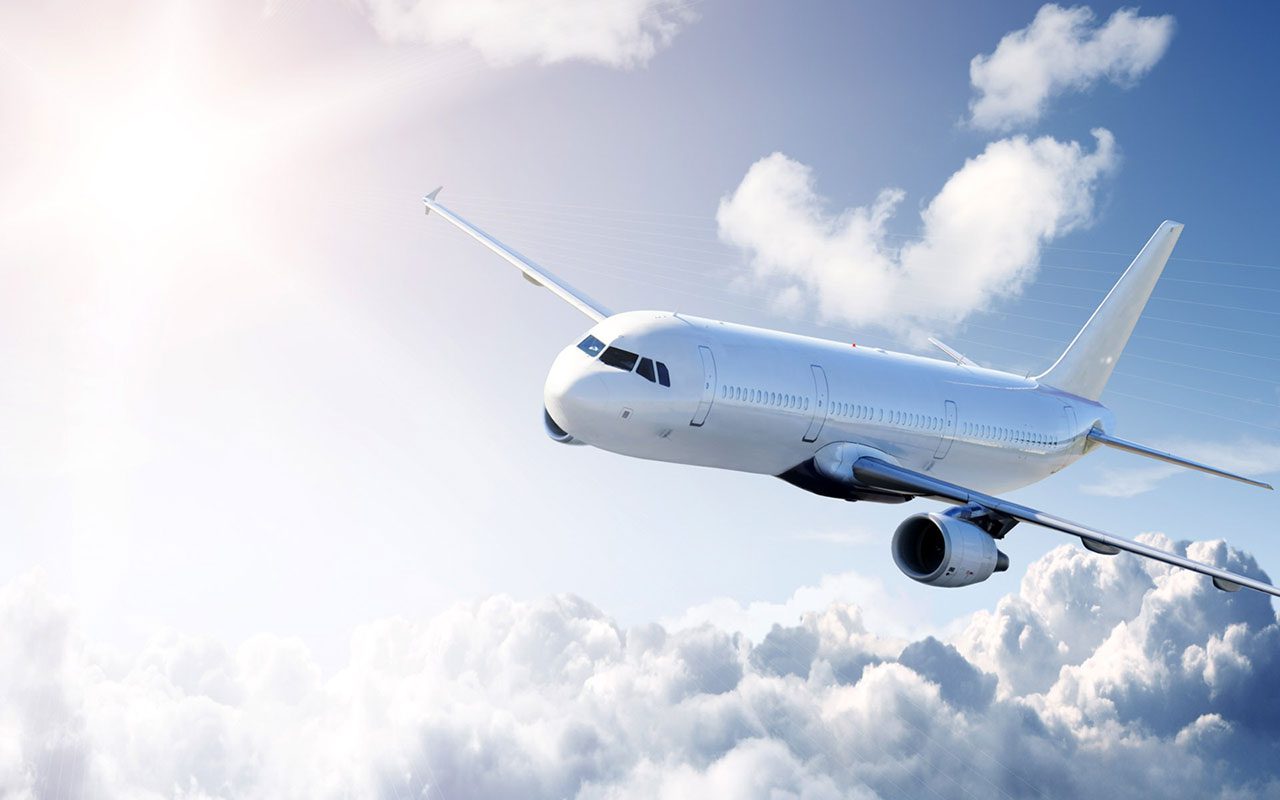
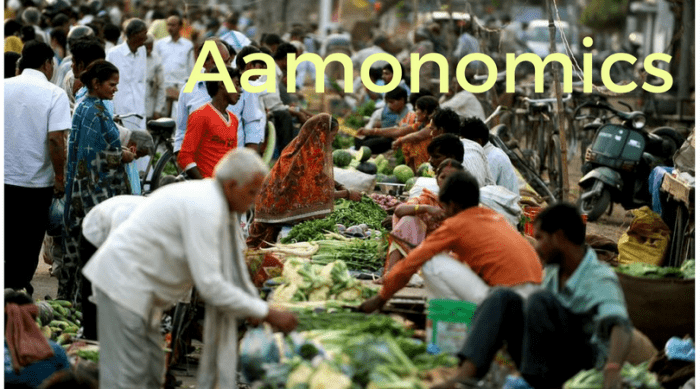




 By
By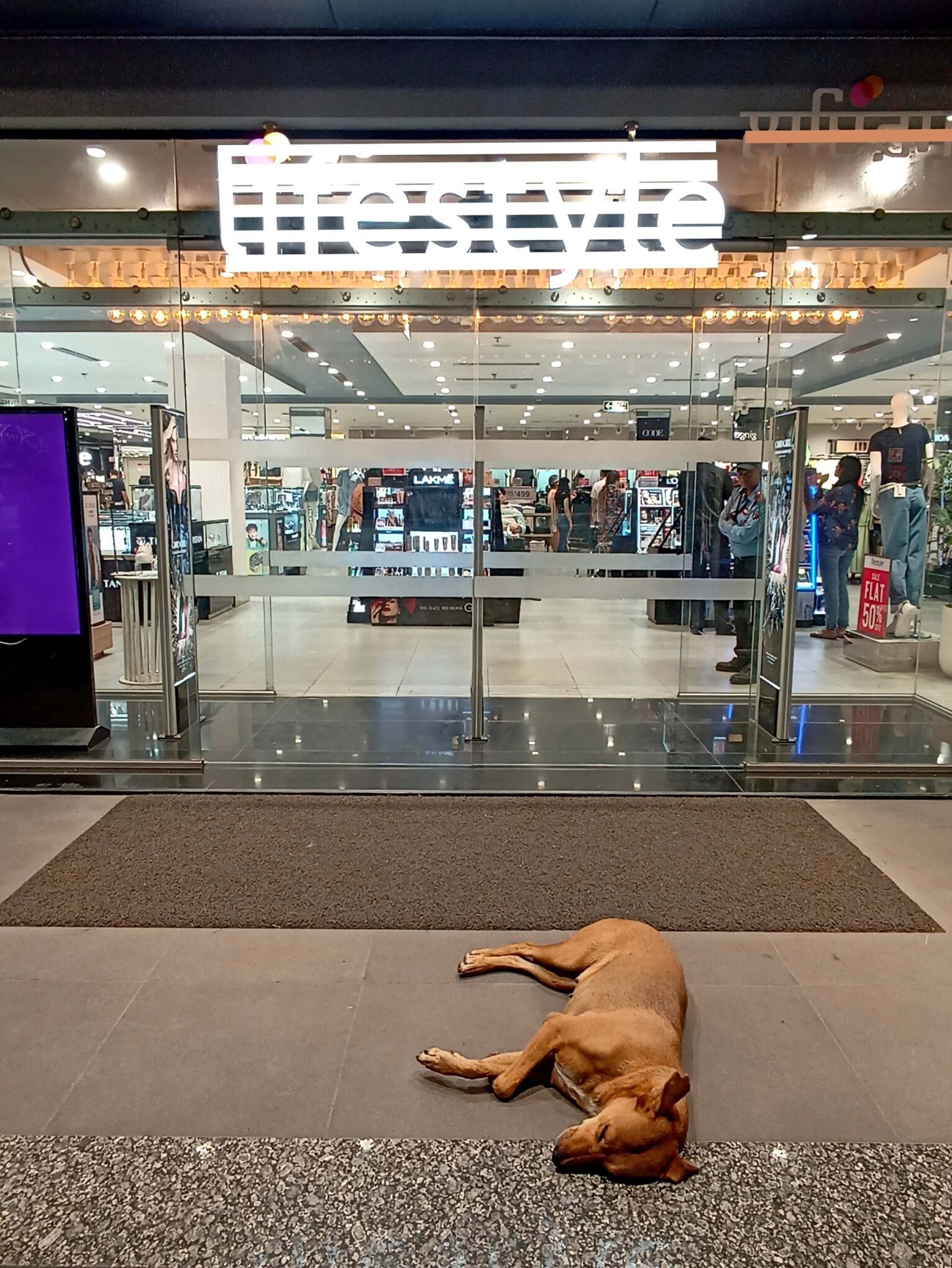

 By
By